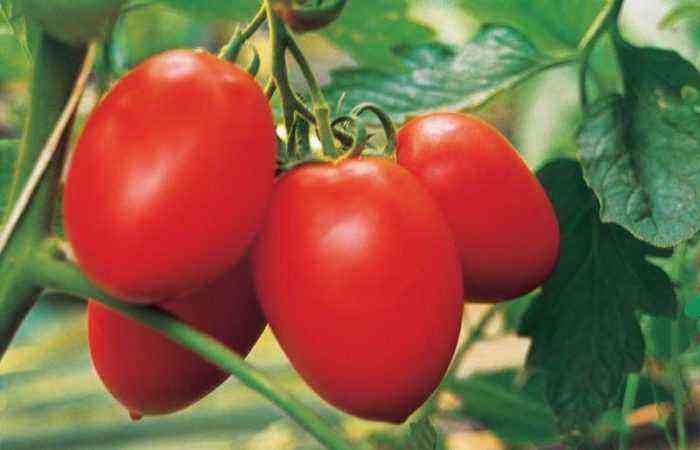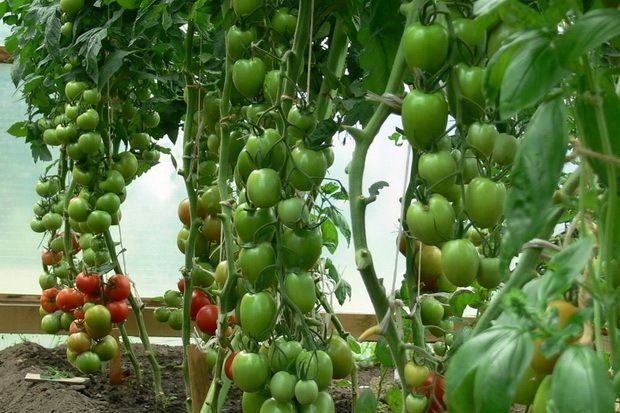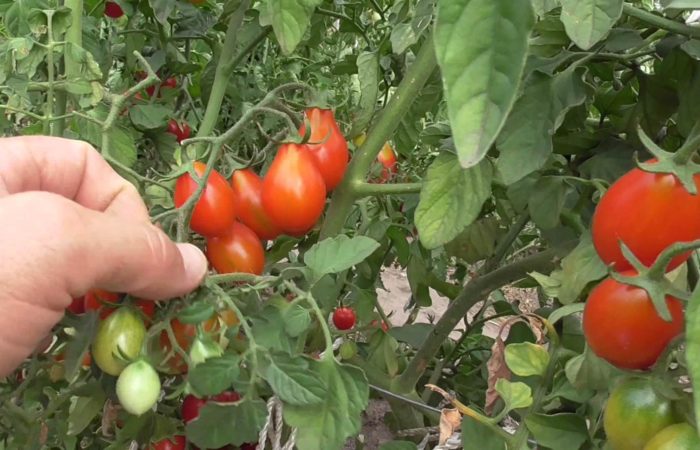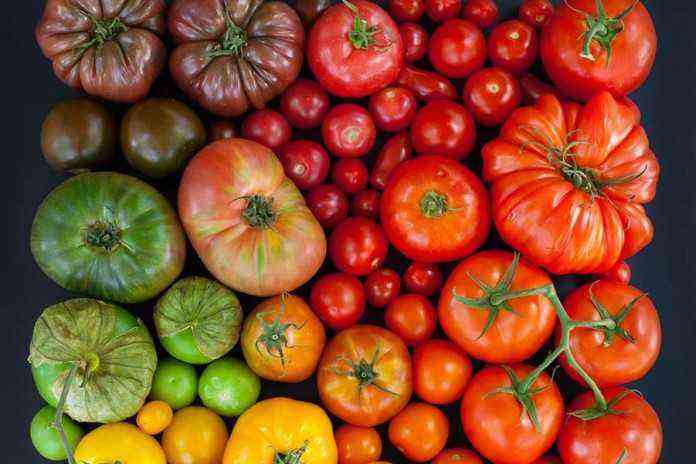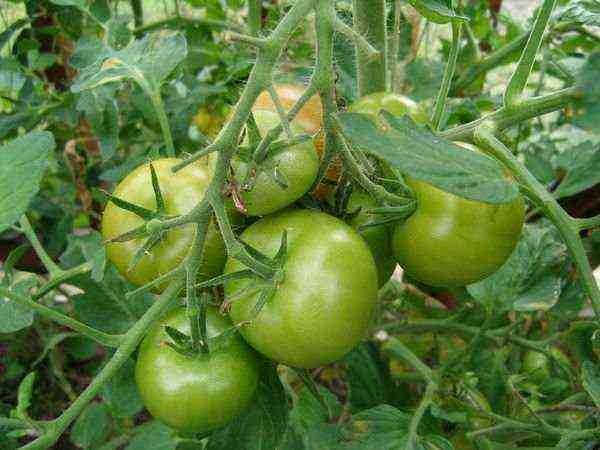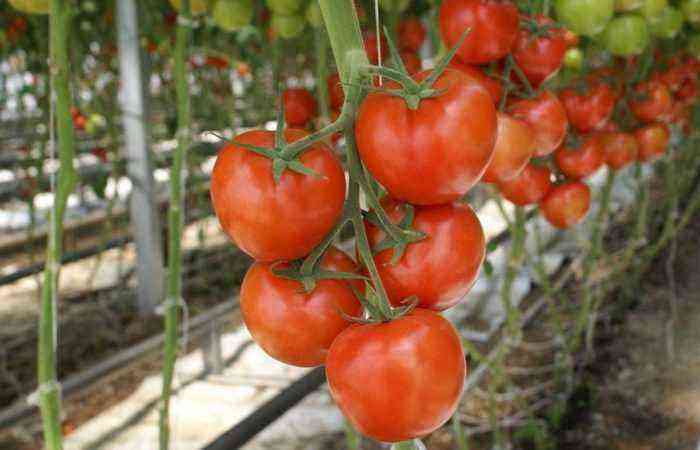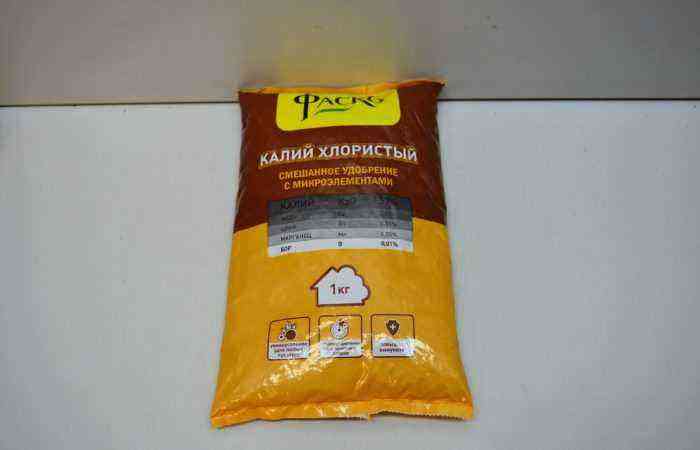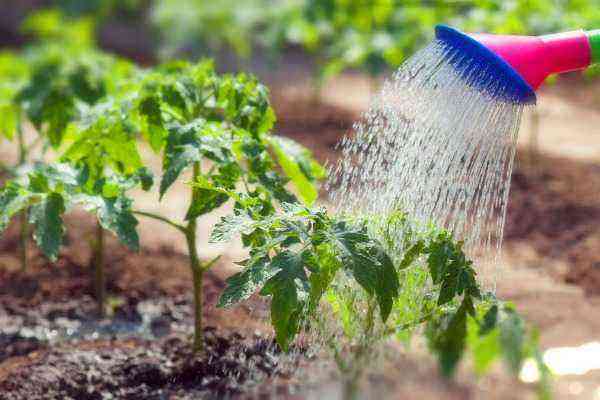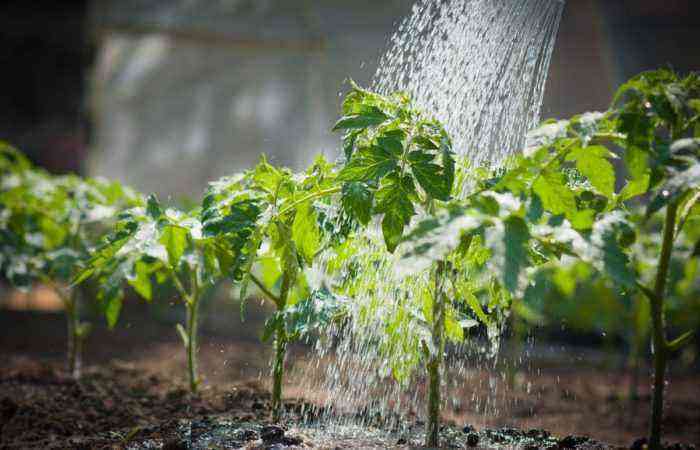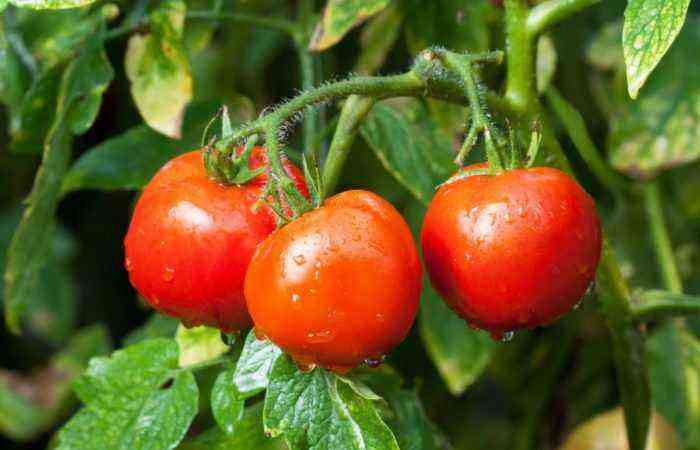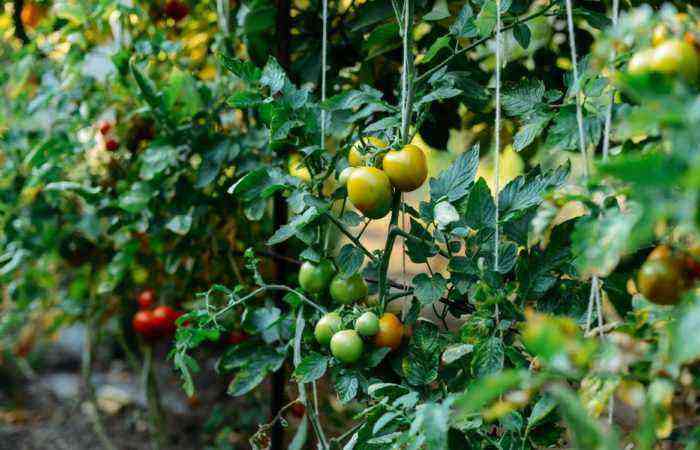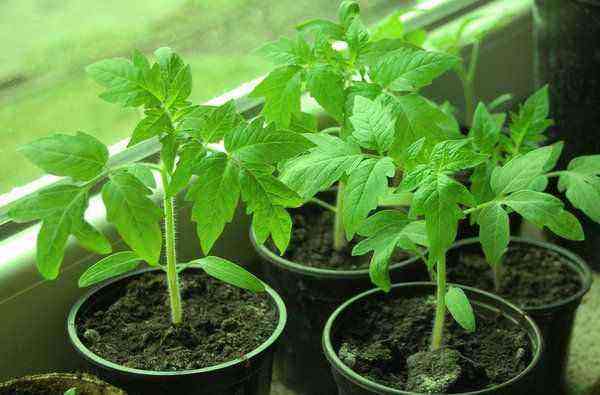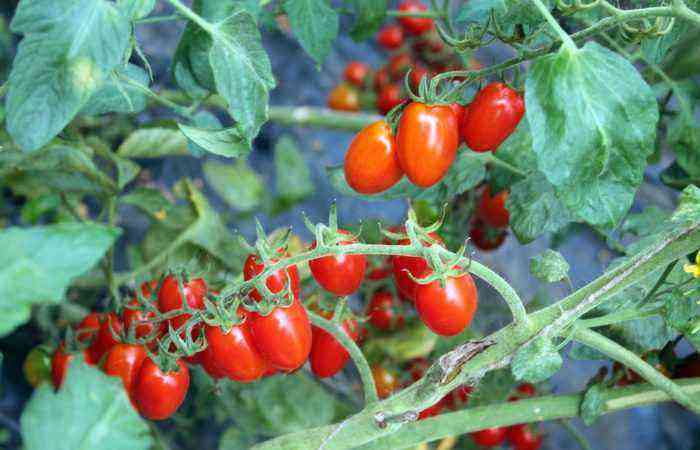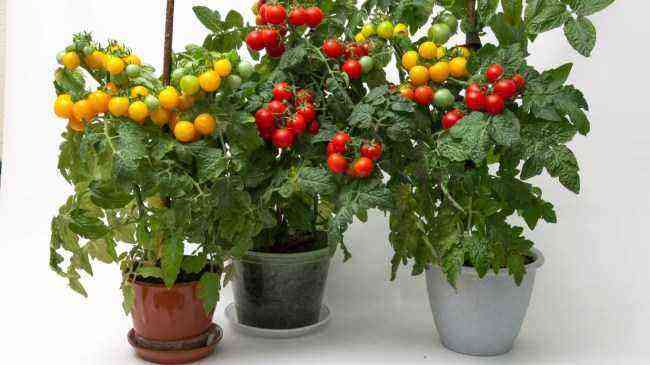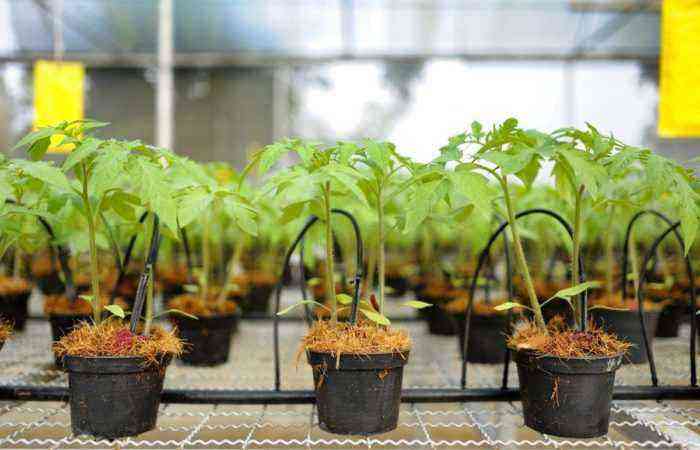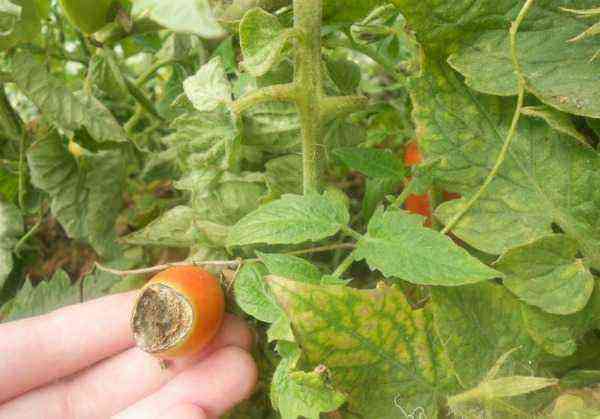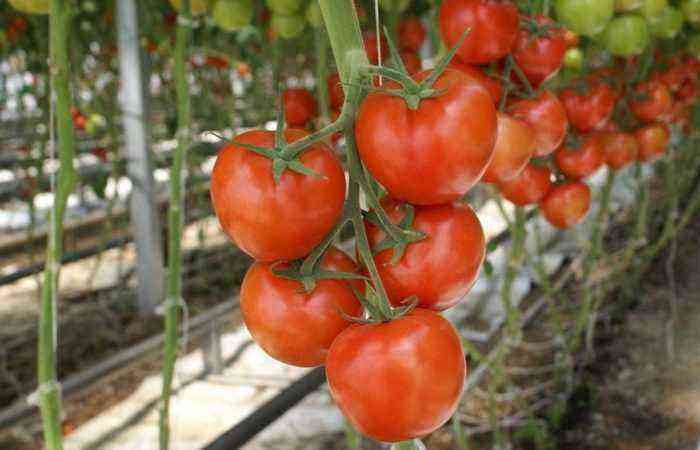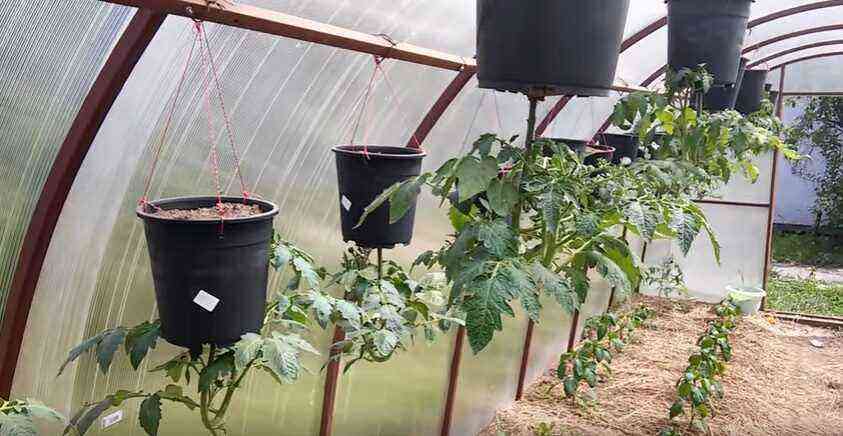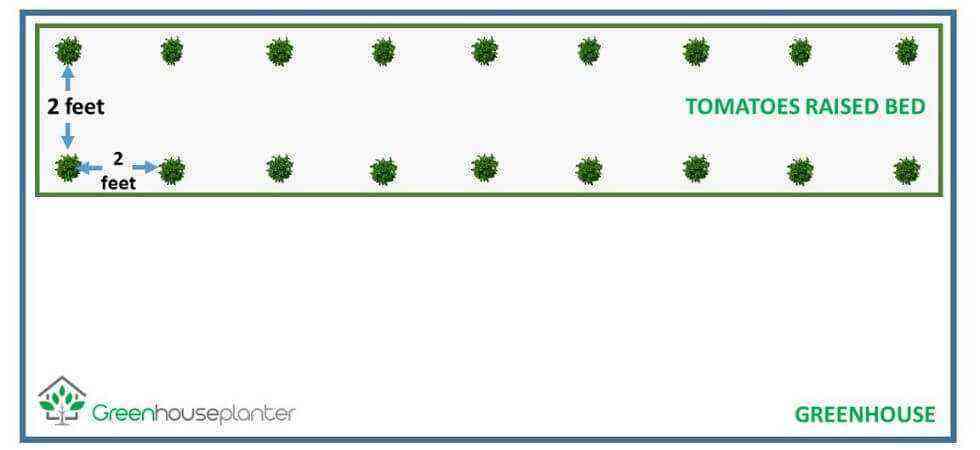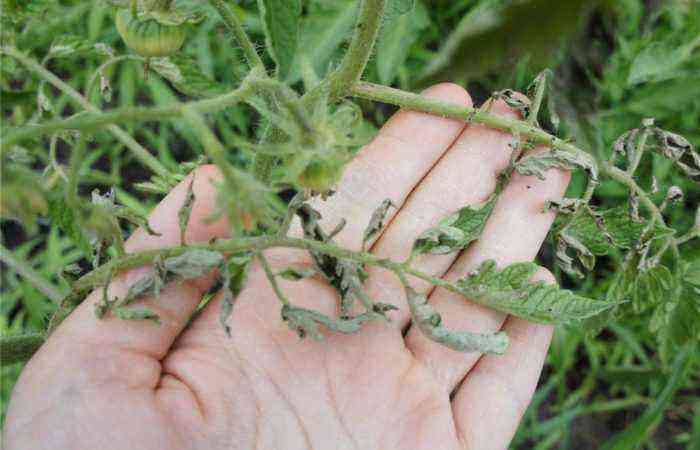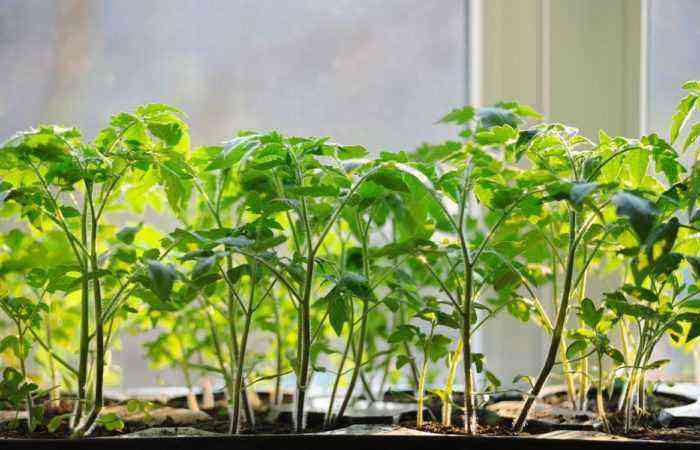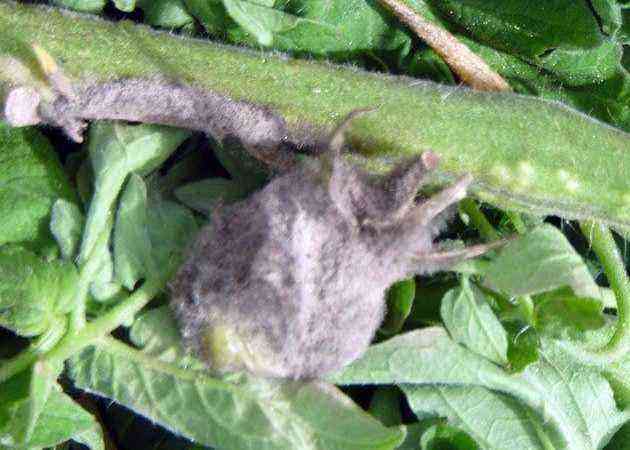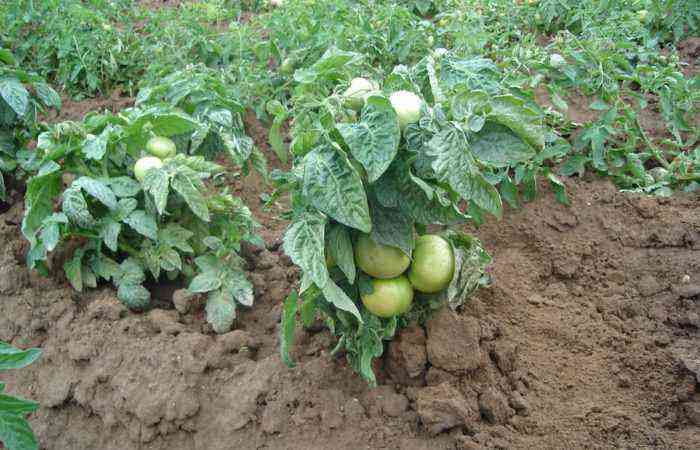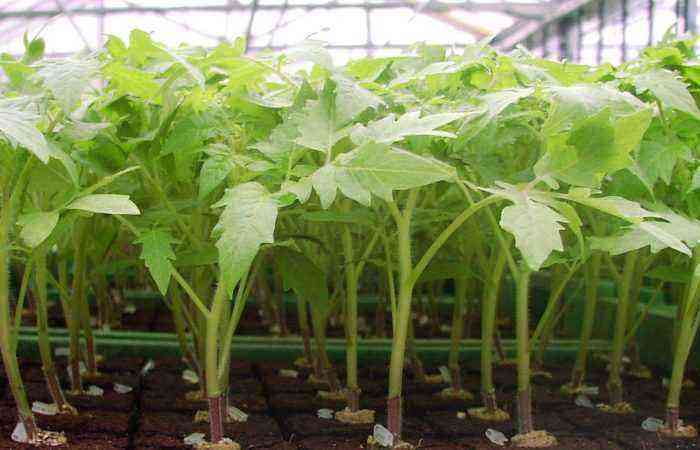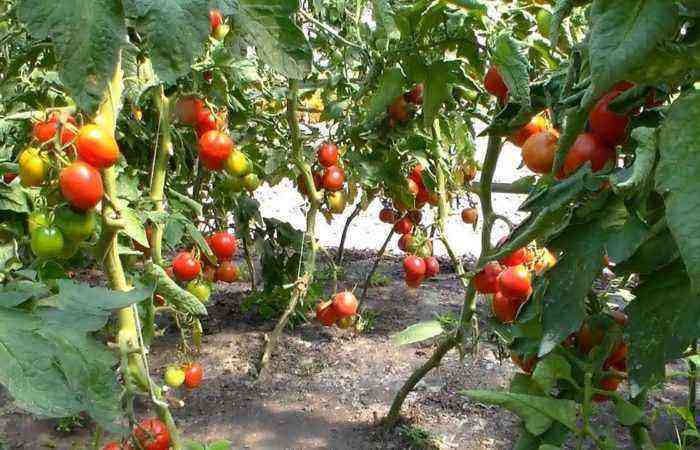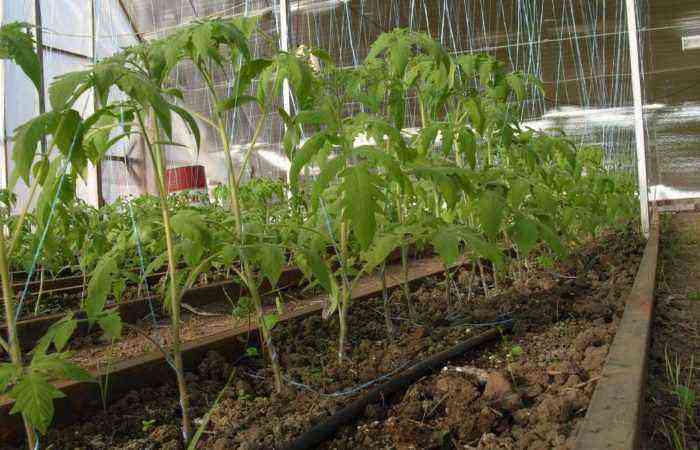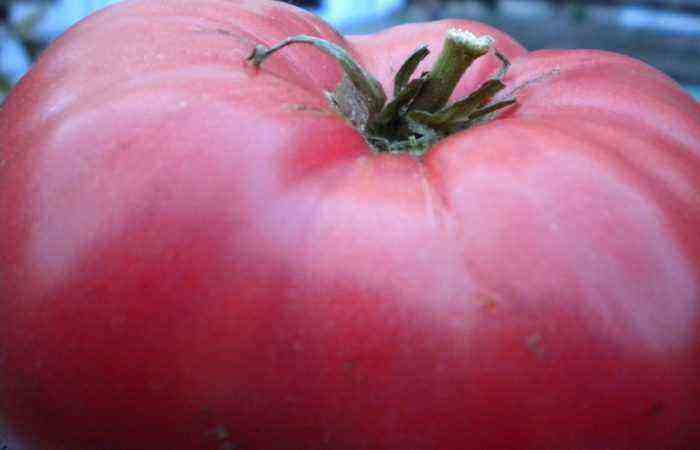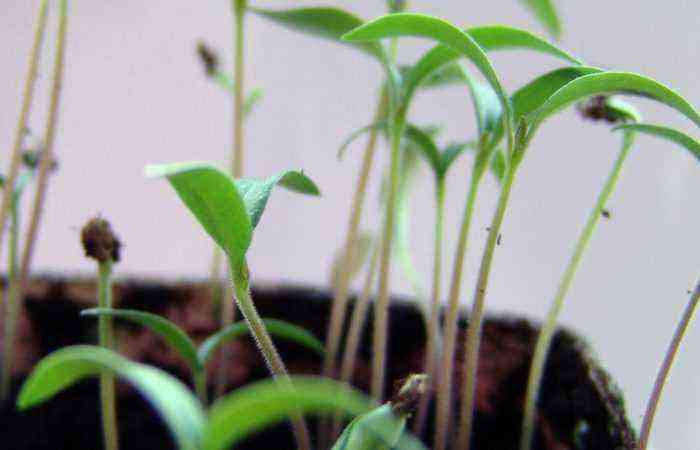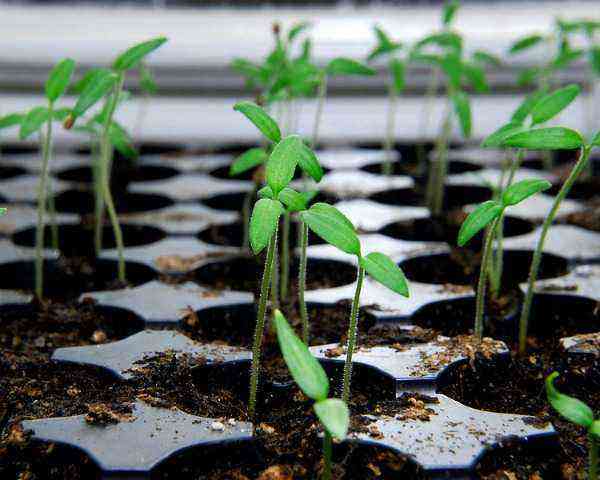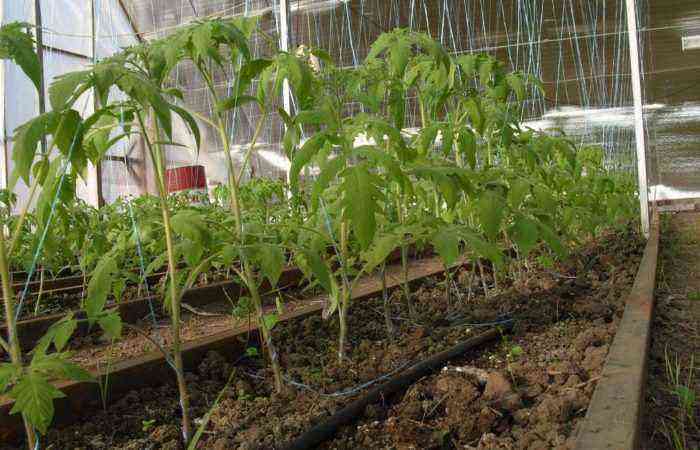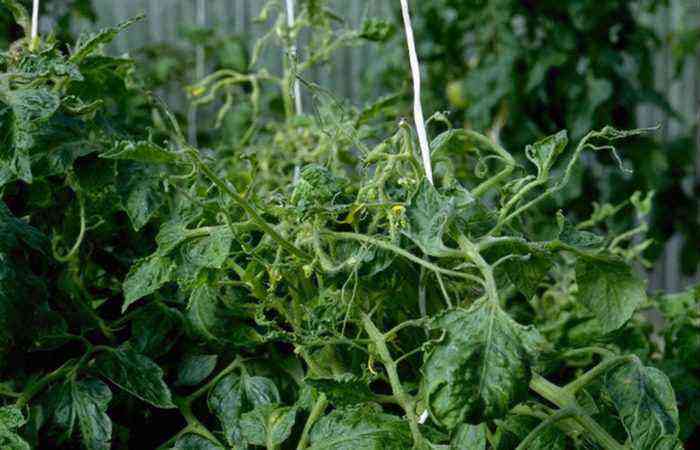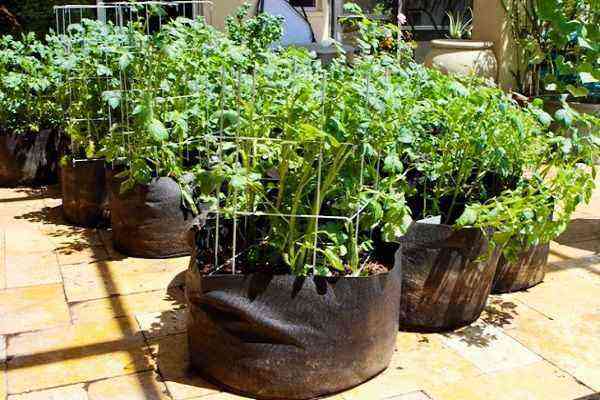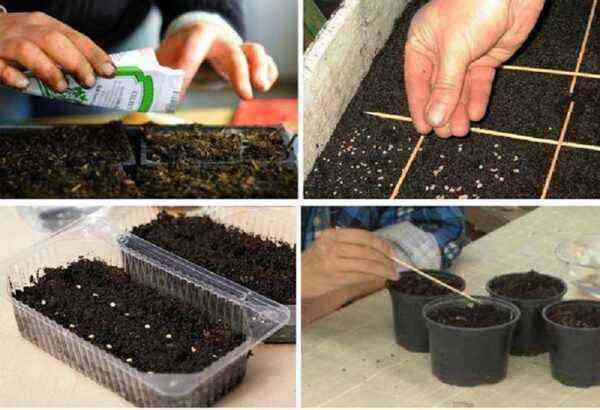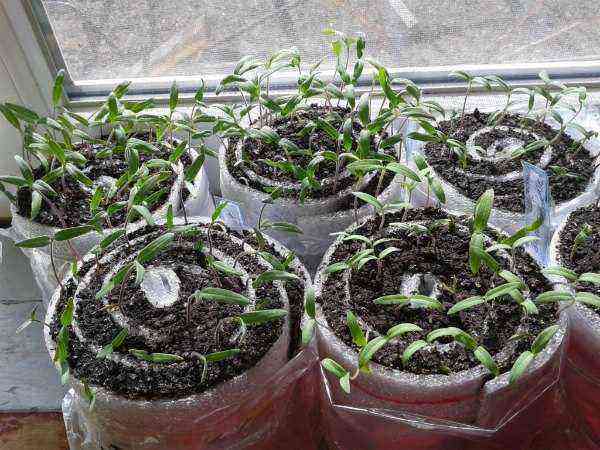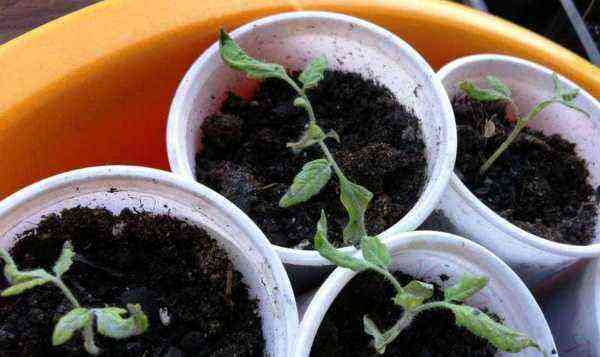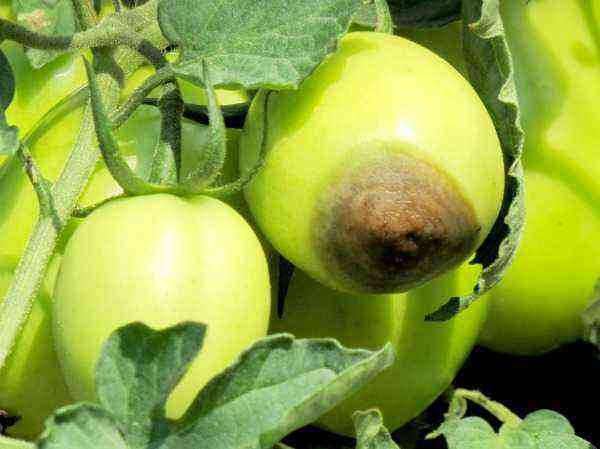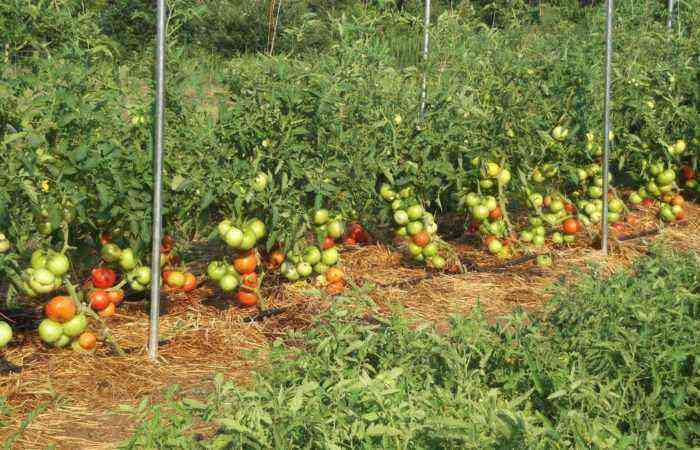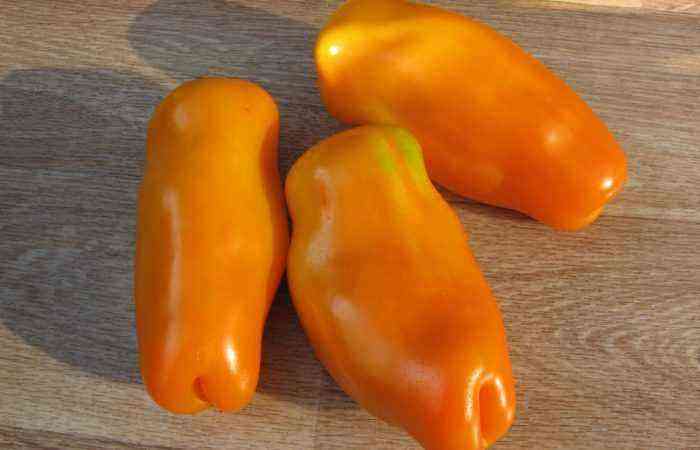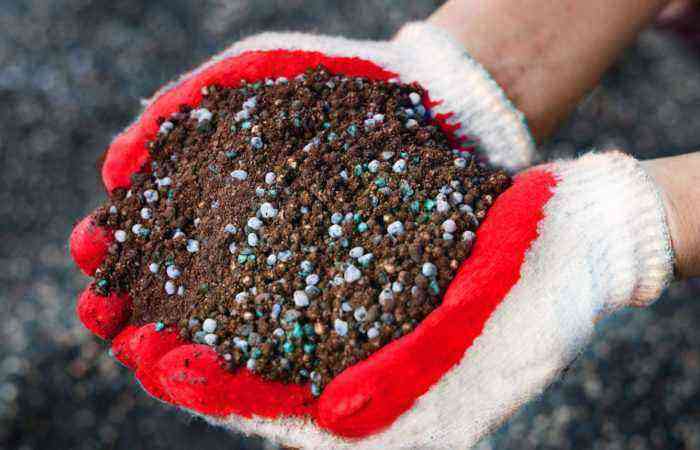At the end of winter, summer residents have questions related to the choice of seeds for planting. How not to get lost in the store among the many packages with bright labels, flashing names of new and popular varieties? The answer is simple: it is better to read the literature about new products that have appeared in advance, compare them with already familiar material. Introducing Benito Tomatoes. This variety is not known to every vegetable grower. But he deserves attention.
Distinctive properties, description and characteristics of the Benito variety
Tomato “Benito F1” – the result of crossing several types of tomatoes, bred by Dutch breeders. The F1 marker indicates that it belongs to the first generation hybrids. These plants are distinguished by their viability, resistance to diseases.
characteristic properties.
- Tomato “Benito” refers to undersized mid-early varieties. The ripening period in the open field is 90-110 days, in the greenhouse – 80-90 days (with proper care it can be reduced to 70 days). Suitable for growing in mid-latitude regions where there are few warm days.
- The height of the bush is 50-70 cm. On each, several brushes are tied with an abundant amount of fruits (up to 9 pieces).
- The leaves are large. Their color ranges from green to dark green.
- The fruits are small, fleshy, with a dense skin and a sweetish taste. Their shape is plum-shaped. The weight of one tomato is 70-130 g.
- The color of ripe tomatoes is red.
- The yield is high. On one bush grows up to 8 kg of tomatoes.
Similarity to other varieties
Tomatoes “Benito” are similar to the varieties: De Barao, Valentina, Maryushka, Countryman.
Advantages and weaknesses
The main advantages of tomatoes of this variety:
- in the process of canning, the fruits retain their integrity and taste;
- withstand transportation well;
- are immune to diseases (fusarium, verticillium, late blight);
- high yield;
- weather resistance;
- suitable for long-term storage, characterized by high keeping quality.
Some gardeners note such a disadvantage of the variety as a predisposition to diseases of top rot and stolbur.
Growing conditions
Tomatoes “Benito” are intended for growing in greenhouses and open ground.
The key to success is strong healthy seedlings. This requires good seeds. Their quality affects the yield.
When buying, you should pay attention to the class: it must be at least the first. Such planting material usually has a germination rate of 85%.
The seeds are pre-soaked in diluted aloe juice or dark pink manganese solution. Then they are washed with warm water. On sale there are specially designed growth stimulants. The soil needs light, airy, warm.
How to grow tomatoes in a greenhouse
The most successful time for sowing is the first decade of March. Accordingly, in late April or early May, grown plants can be planted in closed ground. On average, it takes 50-55 days to get seedlings. Containers can be used in different ways.
In boxes, the seeds are laid out at a distance of 3-4 cm from each other, observing an interval of 7-8 cm between rows.
2 seeds are placed in cups, pots, peat tablets, after germination one stronger sprout is left. Sow to a depth of 1 cm. Then the containers are covered with glass or wrapped in plastic wrap. You can purchase special greenhouses or adapt cake boxes. Cups or peat tablets are placed in them.
In the future, the following rules should be followed.
- For seedlings, a temperature of 25-27°C is required.
- When the first sprouts appear, the containers are opened.
- After the birth of two true leaves, the seedlings dive.
- Lighting required.
- Drying out or waterlogging of the soil is not allowed.
- Excessive feeding is contraindicated, only after picking is it allowed to use the prepared solution (according to the instructions) based on “Biohumus”.
- When landing in a permanent place, it is recommended to follow the scheme of 50 × 30 (40) cm, place 6-8 bushes on each square meter.
Subsequently, it is necessary to monitor timely watering and top dressing, weed removal, and preventive measures to protect plants from diseases and pests.
Outdoor cultivation
Preparation for growing seedlings for open ground begins in the first decade of April with sowing seeds. After 45-50 days, tomatoes can be planted.
Two weeks before this, the seedlings begin to harden, gradually accustoming it to fresh air. In the early days, they take it out into the street for 1-1,5 hours. Every day the time of “walks” is increased.
A bed for tomatoes should be prepared where eggplants and peppers did not grow last season. Planted plants, adhering to the distance of 50 cm between the bushes.
Water the tomatoes 1-2 times a week, depending on weather conditions.
It is necessary to carry out 3 dressings:
- 20 days after planting tomatoes in greenhouses or open ground, 1-1,5 liters of a specially prepared cocktail are poured under each root. Do it like this: 1 tbsp. l. nitrophoska and 0,5 liters of liquid mullein are dissolved in 10 liters of water.
- The second top dressing – after two weeks. To 10 liters of water add 1 tsp. potassium sulfate and 1 tbsp. l. any complex mineral fertilizer.
- When mass fruiting begins, prepare the following mixture: add 0,5 cups of wood ash to a bucket of water, 2 tbsp. spoons of superphosphate and 1 tbsp. a spoonful of liquid sodium humate. Pour 1-1,5 liters under each bush.
Some useful tips on how to avoid mistakes when growing seedlings
- When buying seeds in a store, read the description of the variety, consider whether it is intended only for greenhouses or suitable for planting in open ground.
- Choose the right soil. You can use universal for seedlings.
- When sowing, do not lay out the seeds densely.
- Water with warm settled water. You can add 1-1 drops of HB2 to 101 liter of water and use this solution for irrigation 3-4 times a month.
- Seedlings should be planted gradually: first, in an individual cup with a volume of 200 ml, and after the appearance of 3-4 true leaves, in large containers.
- You can use bottom irrigation, then the water does not fall on the leaves.
Features of growing tomatoes “Benito”
The main feature is that there is no need to remove side shoots, in other words, to carry out stepsoning. This greatly facilitates the care of the culture.
Despite the fact that the bushes of this variety are low, a garter is recommended so that the stems do not break off.
Tomatoes “Benito” are suitable for planting in dimly lit places.
Preventive measures, disease and pest control
Consider briefly the diseases of Benito tomatoes and how to deal with them:
- Blossom end rot can be seen on green tomatoes as the tops turn black or brown. The reason is a lack of calcium. Control measures – when planting in the holes, add wood ash and 1 tbsp. l. calcium nitrate. Green tomatoes are sprayed with a solution of calcium nitrate.
- Stolbur or phytoplasmosis is caused by the smallest microorganisms (phytoplasmas). Fruits, leaves, flowers are affected. The main control measure is the destruction of perennial weeds. The carriers of the disease are leafhoppers. During their flight, the plants are sprayed with a 0,2% solution of karbofos.
Of the pests, whiteflies, spider mites, and plant aphids should be noted.
Methods of dealing with the first two types – ventilation of greenhouses or release from the film, the use of baits, biological products. Aphids infect tomatoes in greenhouses and open ground. To destroy it, decoctions of chamomile, yarrow, tobacco, the Verticillin biological product, and chemicals are used. Can be washed off with water.
How to use tomatoes “Benito”
Tomatoes of this variety are used for salads, juices. During conservation, the fruits remain intact, do not crack. They are suitable for preparing many delicious dishes.
Sun-dried tomatoes deserve attention. It’s easy to make them. 0,5 kg of tomatoes are cut into plates, spread on a baking sheet covered with baking paper. Sprinkle with salt, pepper, thyme on top and place in an oven preheated to 120 ° C for 2 hours. Then cool, put in a jar and pour olive oil.
The undeniable advantages of this hybrid are resistance to most diseases, good yields, ease of transportation, and suitability for preservation. Therefore, the popularity of the variety is growing.
